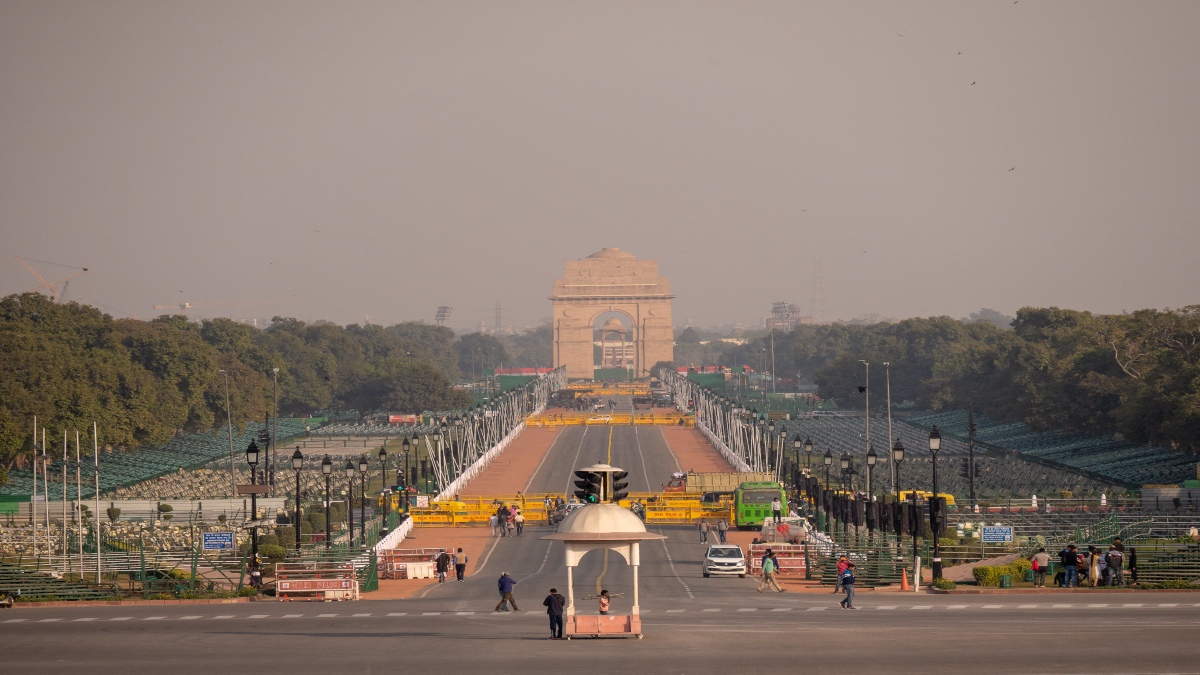


The split verdict approval by the Supreme Court to allow the redevelopment of the Central Vista may have provided relief to the government, but has left many people disappointed since it would entail changing the basic character of Lutyens’ Delhi. The disfigurement of the entire stretch from the Vijay Chowk till India Gate on both sides of the Rajpath, would deprive the city of its ambience in the vicinity of the seat of power. The honourable judges of the Supreme Court essentially dealt with the justiciable portions of the petition and arrived at their verdict. This was the correct approach from the legalistic angle, but there are so many other dimensions that this change of the area would involve. This issue would have not needed the court’s intervention, had there been larger consultations with both experts and a threadbare debate in Parliament. There is no doubt that the executive has the authority to take appropriate decisions, but questions shall always be asked whether this project required an overriding priority over so many other critical matters that have cropped up during these Covid-19 times. Surely, boosting the economy is far more important than playing around with the landscape of this zone. The lawns on both sides of the Rajpath, once known as the Kingsway, are used for recreational purposes. They constitute public space where ordinary citizens have their small outings round the year. Once they are converted into ornamental lawns, the trip to this area would look more officious with security personnel perhaps restricting entry. Other than that, one shudders to think that when iconic Bhawans are dismantled and replaced, it would entail dealing with a huge amount of waste and debris. Delhi is a city that is already bursting at its seams so where would or how would this debris be disposed.
The Indian Parliament building is easily the most beautiful and impressive structure in any democracy of the world. To see it being relegated to the background and instead find a new Parliament building in its place would be a big eye sore. The redevelopment plan seems to be out of sync with the rest of New Delhi and would possibly end up diminishing the importance of India Gate, Amar Jawan Jyoti and naturally the majestic North and South Blocks, which thankfully are not being targeted. When the British made Delhi their capital in 1911, they did not attempt any changes to the existing parts including the historic Chandni Chowk and the rest of the walled city. They first moved into the Civil Lines area after building the Viceregal Lodge next to the Ridge. The heritage building is the office of the Delhi University Vice Chancellor. They then decided to construct a new capital where the entire plan was supervised and devised by Baker and Lutyens. Over the years, the city expanded but the nucleus never moved from either Chandni Chowk or the Lutyens’ zone. The entire metropolis had a soul which is now sought to be destroyed. Even at this late stage, the government should put its plan on hold and stop this alteration process. Delhi is without doubt amongst the most historic cities of the world and perhaps, the oldest capital as well. The makeover for many citizens may amount to desecration of the open space that exists next to the power centre of the country.